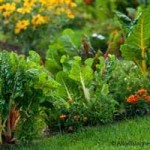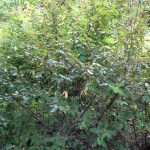By Catherine Haug, July 26, 2017 (photo, right, from Sheree’s presentation on making your own laundry soap)
Washing your dirty laundry in 140°F water with real soap (not detergents) does the best job of killing bacteria and fungus germs; tumble-drying them for at least 30 minutes in a hot dryer also helps to kill those germs. But many washable fabrics will shrink in such hot water, and others may require drip-drying, so how is one supposed to keep germs in check?
This concern is especially important when there is a sick person in the house.
According to Mercola (1) there are several ways of reducing the potential of passing along bacteria or fungi from one piece of your clothing to the next without using dangerous toxins or opening yourself up to damage from microwave radiation. I’ve added one of my own as well. (more…)




